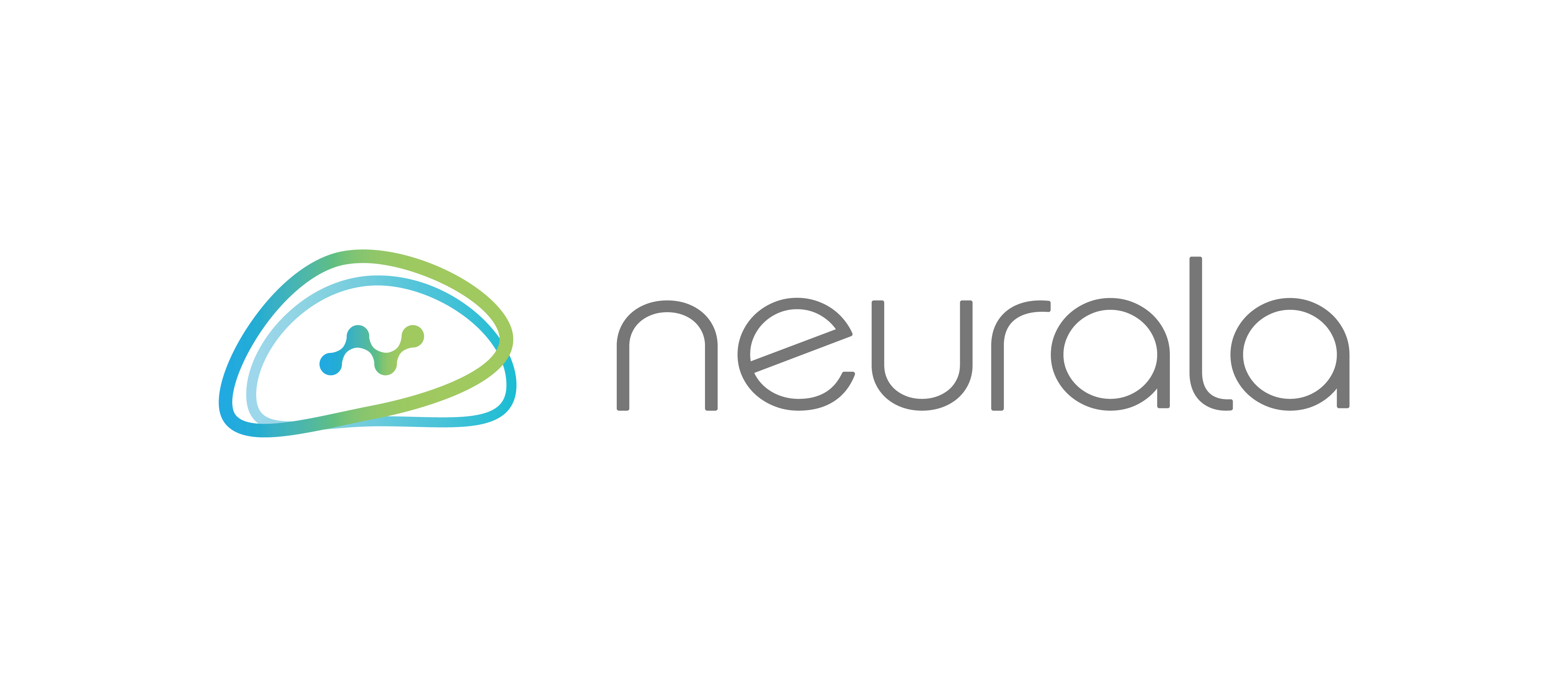3 Ways Vision AI is changing manufacturing and logistics
Experts have estimated that the cost of poor quality can be up to 30 percent of gross sales for manufacturing and service companies, costing them millions of dollars each year, so there is ample motivation to improve quality inspection and prevent product defects early in the process. As manufacturers embrace automation and adopt AI as never before, Neurala VIA helps improve quality inspections with an easy-to-use, quick-to-implement solution, at a price point that enables manufacturers to easily leverage the benefits of AI when they need it most. Working with different manufacturers that produce a variety of products for a range of customers, we highlighted 3 scenarios where VIA improved their quality inspection process. Whether currently using manual inspection, non-visual automated inspection systems, or traditional machine vision, Neurala VIA software can provide advantages or augment current inspection processes.
- Food Packing - While producing in excess of 1 million meals a week, apetito was receiving complaints about missing meal components. They needed a solution that could efficiently detect errors in the products coming off the line, without compromising efficiency or cost – better yet, improving both. That’s where Neurala VIA stepped in, read more: https://www.neurala.com/blog/leveraging-ai-to-produce-over-1-million-meals
- Pharmaceuticals - Neurala VIA is changing the way the pharmaceutical industry conducts visual inspection of products. To train the AI model we only need images of normal product to detect anomalies. VIA can then check for defects ranging from missing vials and vile fill levels to surface defects of pills. Our patented Lifelong-DNN technology provides the best performance possible without needing any manual adjustments or AI expertise. Read more: https://www.neurala.com/blog/pharmaceutical-inspection-made-easy
- OCR (Optical Character Recognition) – Our work with IHI Logistics & Machinery focuses on the management of food packaging information and logistics process improvement. Traditionally, food and perishable items are boxed with with a production and an expiration date on their secondary packaging. Unfortunately, due to over-printing, occlusion or other product information printed on the packaging, traditional OCR didn’t perform well and, as a result, packages were diverted for a manual scan or data entry. It is a tedious job, hampers efficiency and is also a possible source of errors in shipping. That’s where Neurala VIA steps in, read more: https://www.neurala.com/blog/reading-packaging-labels-and-reducing-product-waste-neurala-and-ihi-logistics-machinery
FAQ
- What technical details are available about integrating Neurala VIA into existing systems and workflows, including hardware requirements and setup processes, for quality inspection in manufacturing and logistics?
Read our Hardware requirements doc for more information: https://info.neurala.com/hubfs/Collateral/VIA%20Hardware%20Requirements.pdf - What are common challenges faced by manufacturers or logistics companies when deploying AI-driven quality inspection systems like Neurala VIA, and how does Neurala address or mitigate these challenges?
Manufacturers and logistics companies often encounter challenges such as integrating AI-driven systems into existing workflows, ensuring compatibility with diverse hardware setups, and addressing the need for ongoing maintenance and updates. Neurala addresses these challenges by providing flexible integration options, offering support for various hardware configurations, and implementing robust maintenance protocols to ensure system reliability and performance.
